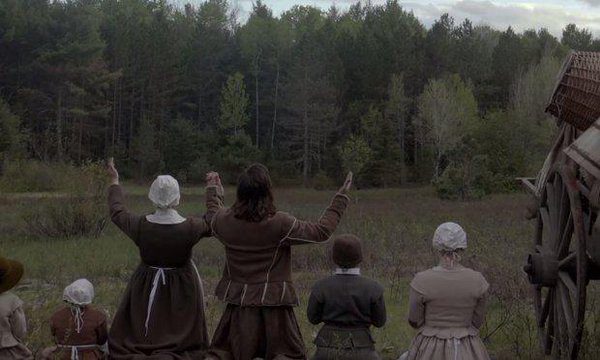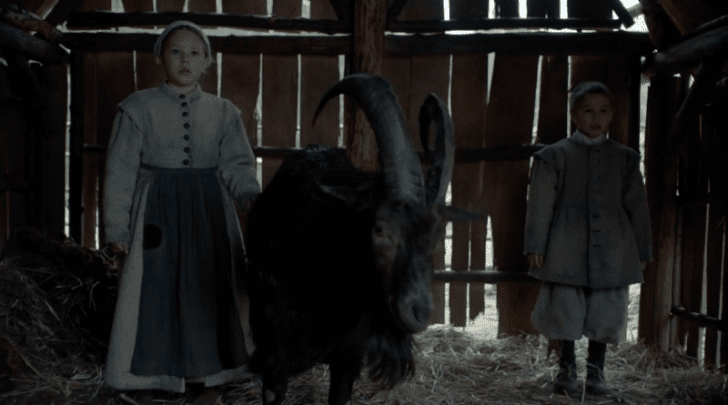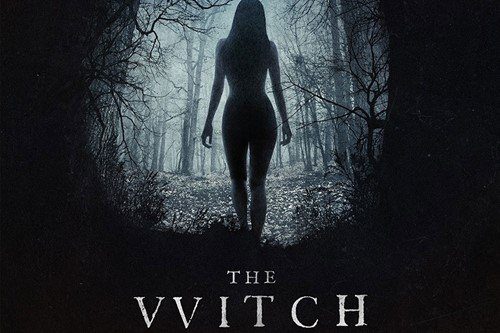Set in 1630 New England, before the Salem witch trials, the film revolves around a family that has been excommunicated from its plantation due to father William’s (Ralph Ineson) outspoken beliefs that the community is not properly following the word of God. On threat of banishment, William leaves the colonial settlement and relocates his wife and five children to a remote plot of land on the edge of a dark forest.

As the family settles into their new surroundings, daughter Thomasin (Anya Taylor-Joy) is playing peek-a-boo with her baby brother near the tree line when, all of a sudden, she opens her eyes to find the baby is gone with no trace of where he went and just the sound of rustling bushes. The next sequence introduces the titular witch, hooded as she runs through the woods with the baby. No spoilers, but what happens next is truly horrifying.
What follows is the core of the film’s conflict as the family struggles with the disappearance of the baby while attempting to maintain their faith in God. What’s more, things keep getting worse, as their harvest is diseased and the family is in danger of starving in the winter. As circumstances grow more treacherous, each family member’s faith in god and loyalty to each other become tested in dreadful and unforgettable ways.
Terror builds with frightening instances of animal misbehaviour while the eldest son has become seemingly possessed by an evil spirit. The elfin-like like twins have formed a strange relationship with the family goat (a symbol of Satan), who they portentously refer to as ‘Black Phillip’. The twins speak in tongues and convince their parents that Thomasin is the Devil’s handmaiden, a charge she adamantly denies. Someone must be to blame for their bad fortune, and if not God, it’s surely her.

The film grows with dread aided by a striking score which blends eerie choral singing and inharmonious notes with shots that linger a little too long, leaving the audience in trepidation and unsure of where the film will go next. Hauntingly beautiful cinematography adds yet another element to the film’s atmosphere.
The Witch literalises the terrors and religious fever of the time with dialogue pulled straight from Salem-era journals. The enactment of hand-stitched costumes, thatched roofs and tools speak to the research and execution of this film.
It’s not easy to make a true horror film, but The Witch is just that. Not just interested in terrors out of our control, the film is just as focused on troubles we bring on ourselves and the danger of blind faith. This film won’t be for everyone, it’s a slow burner and the dialogue which is recreated from 17th-century journals is at times difficult to follow. However, The Witch builds to a shocking and tragic conclusion that keeps audiences guessing after the credits roll. Memorable and affecting, the true power of this film lays in what isn’t shown.



